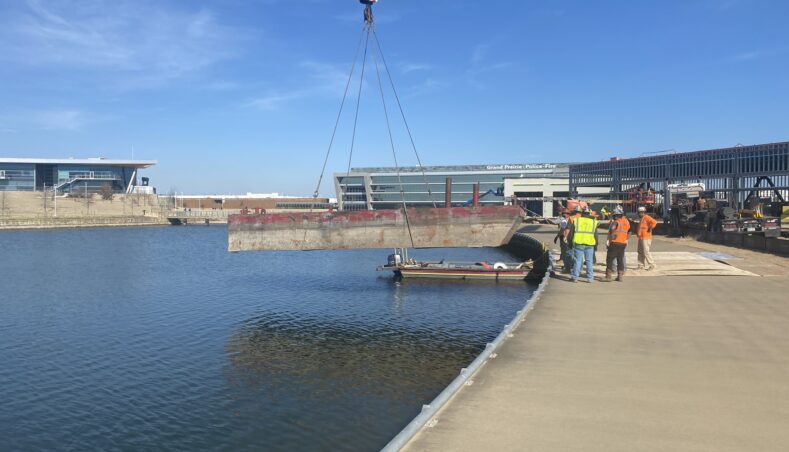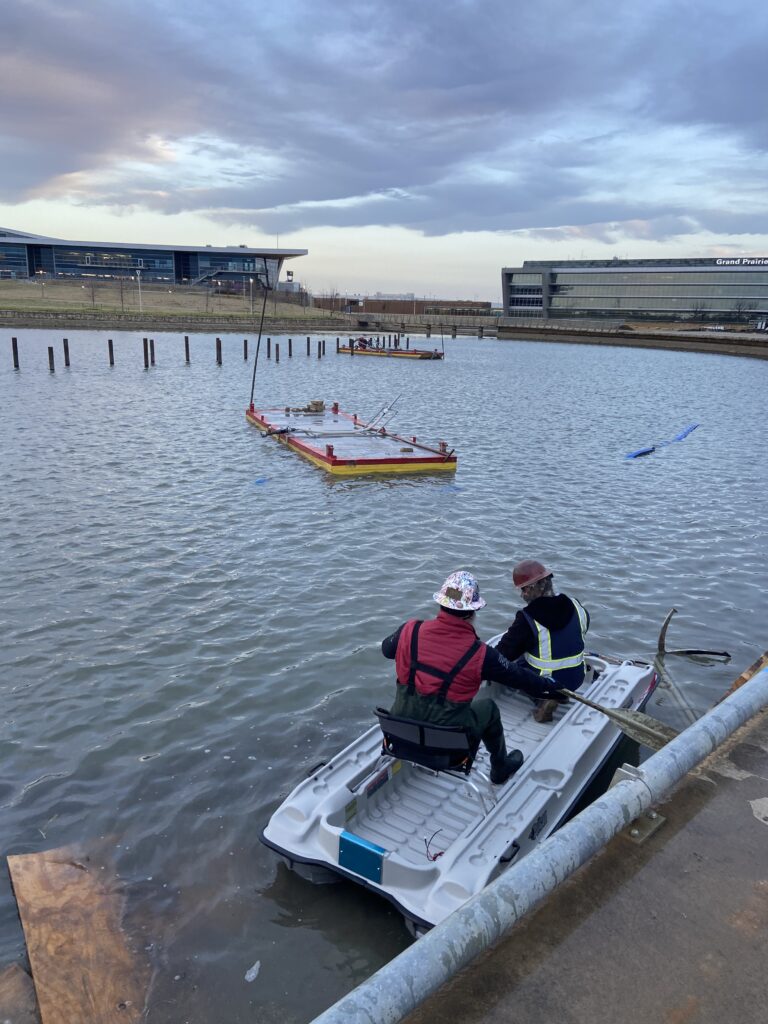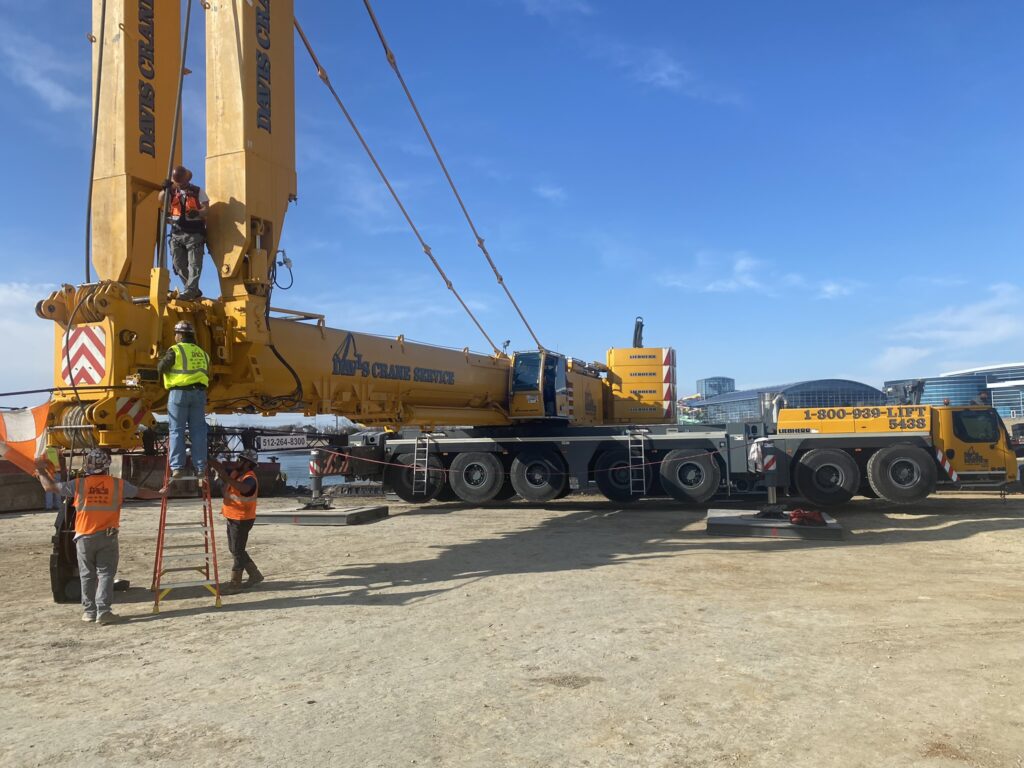3 Sustainability Trends Expected to Dominate the CRE Market in 2025
Posted in Insights -

Long-term resilience is crucial no matter where you sit in the CRE industry, and we have seen more companies incorporating sustainability initiatives into their practices.
From energy management to entertainment, incorporating new technology, including AI, will continue to be a top trend in commercial real estate buildings. The ability to analyze vast amounts of data can increase efficiencies across the board, from optimizing energy use and improving everyday operational efficiencies to offering interactive amenities, like water features enhanced with Aquarius Interactive™ to increase engagement.
Globally, the smart building market is projected to grow by $77 billion over the next four years, so it makes sense to make room for technology now.
2. Working in a Circular Economy
Using materials responsibly, minimizing waste during construction, and designing for adaptability are all part of a circular economy. As the industry moves towards using more reclaimed materials, deep green buildings like Seattle’s Bullitt Center prove that commercial real estate is leaning into the benefits of high-performing green buildings. While most new buildings can’t incorporate as many features as the Bullitt Center, there are many other ways to contribute to a circular economy. One way accomplish this and practice sustainability is to source our materials locally whenever possible, saving costs on material transportation and reducing waste.
3. Resilience & Risk Mitigation
Increasing insurance premiums, frequency of natural disasters and rising construction costs are all reasons that resilient infrastructure is more important than ever. Creating flood-resistant designs, building with fire-resistant materials, and using new technologies to enhance detection and monitoring are all ways that the commercial real estate industry is working to minimize risk.
Water features can help with risk mitigation too, if designed and built properly, and can reduce the risk of flooding and erosion with retention ponds that can help manage the flow of stormwater runoff. Paired with smart water management systems and regular maintenance, water features are a sustainable amenity that add lasting value for commercial properties.
When it comes to sustainability practices, one thing is certain: stakeholder collaboration is crucial to the success of the project. Leveraging each other’s expertise, resources and ideas ensures everyone is on the same page to deliver a stellar project that is efficient and resilient.
Featured Articles
- What Our Clients Taught Us About Accountability
- 3 Sustainability Trends Expected to Dominate the CRE Market in 2025
- Getting to Know OTL’s Administrative/Accounting Assistant Nathan Touche
- Centers With Well-Designed Experiential Water Features Can Attract 30,000 Visitors Per Week
- Fountains of Light: California Water Features Developer Opens North Texas Office

